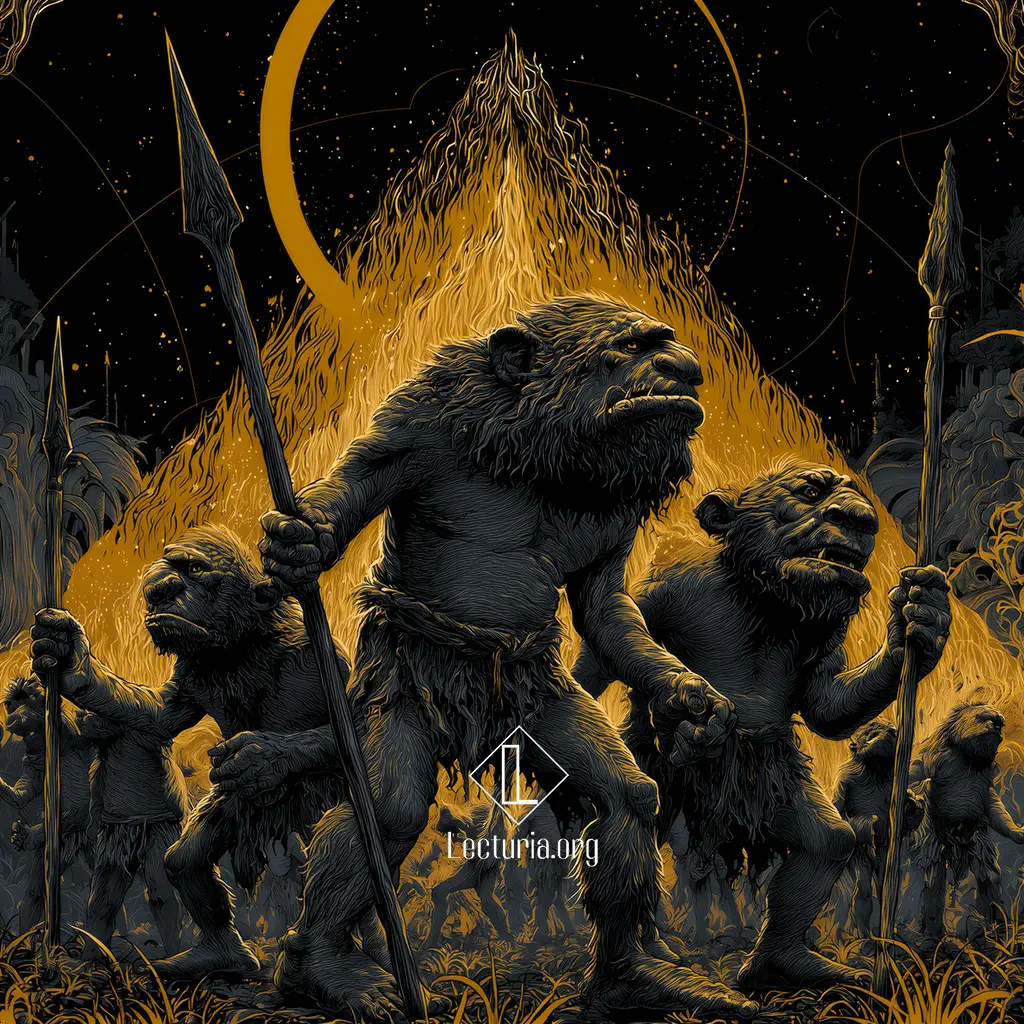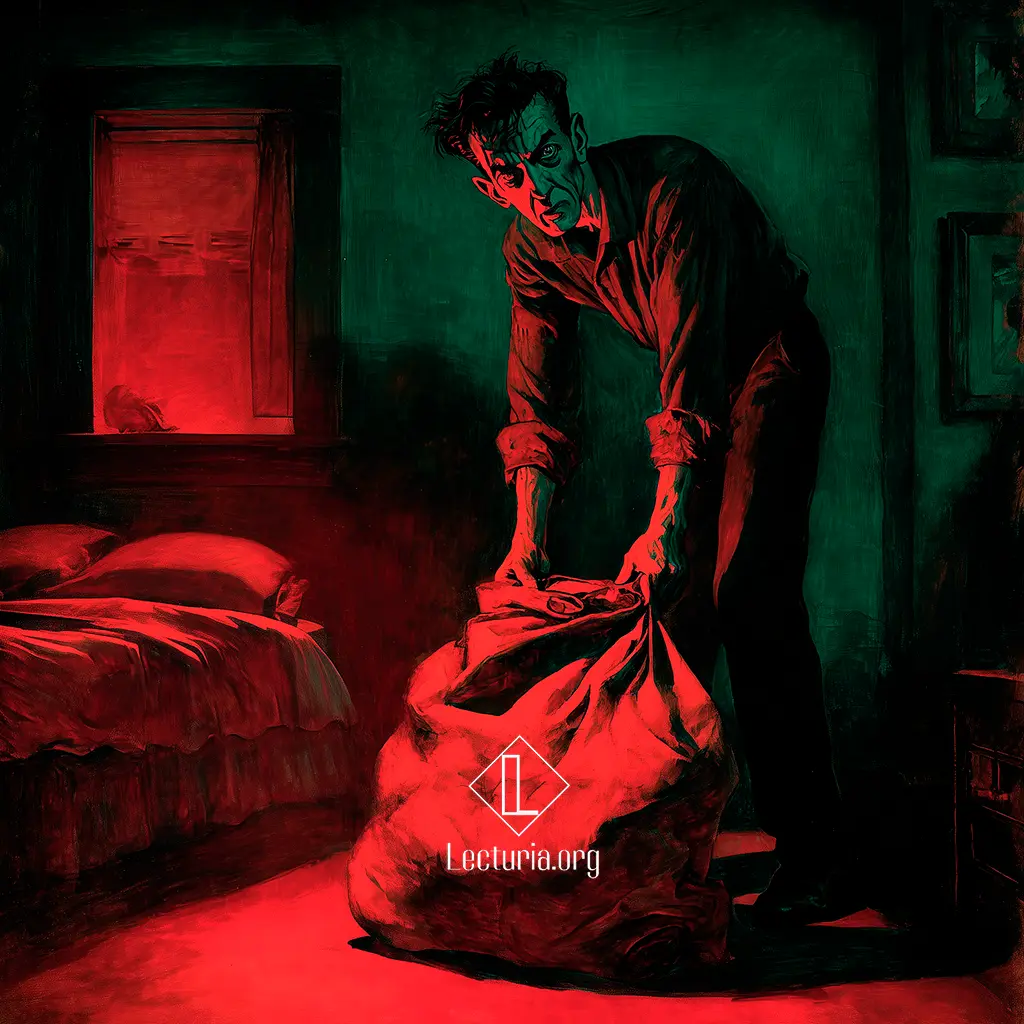Arthur Machen: The Shining Pyramid
“The Shining Pyramid” is a short story by Arthur Machen, first published in May 1895 in The Unknown World. Mr. Vaughan visits his friend Dyson in London to ask for help with a disturbing mystery: near his country house, strange designs have appeared, made with prehistoric arrowheads that rearrange themselves each night to form enigmatic figures. Vaughan fears they may be signals left by thieves interested in his valuable collection of ancient silver. Intrigued by these inexplicable symbols, Dyson decides to accompany Vaughan to his remote property in the Welsh hills to investigate the phenomena and discover who—or what—is creating them.





